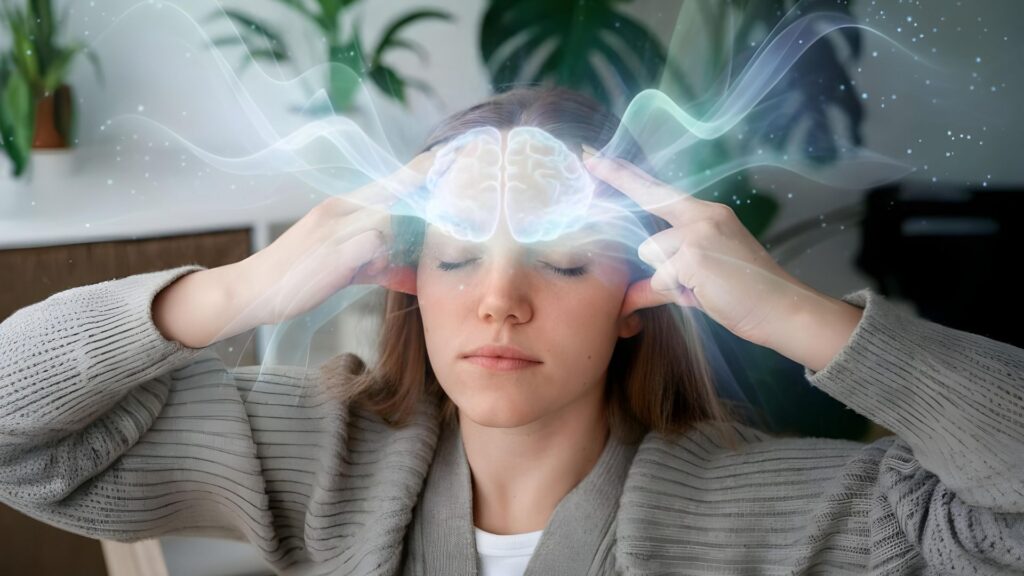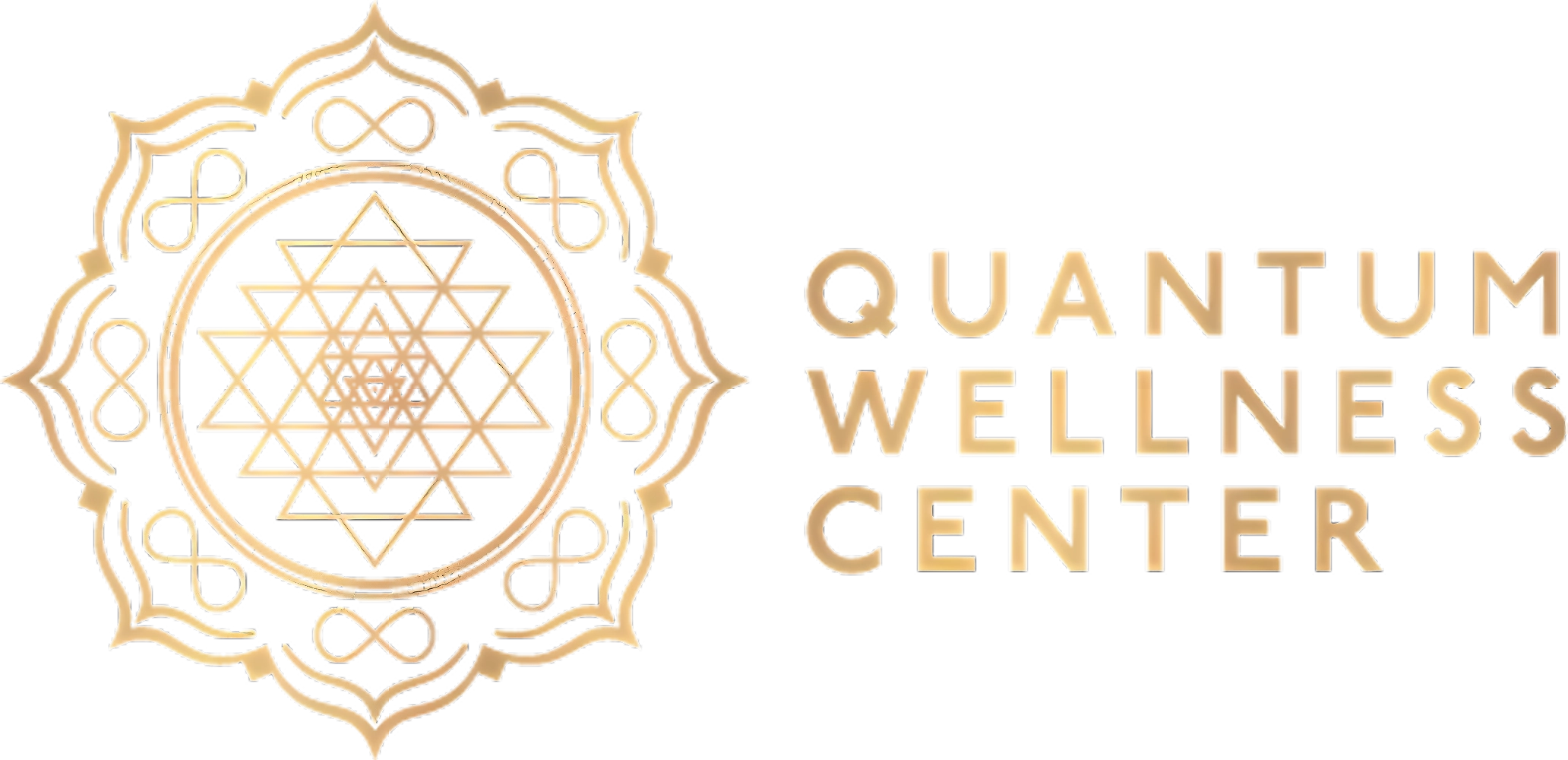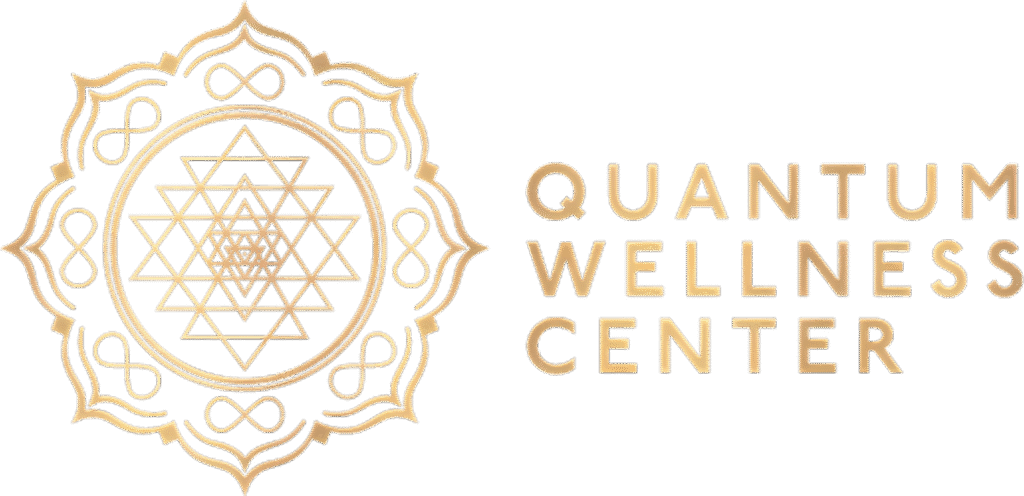When standard approaches to mental health care don’t bring relief, people often look for new possibilities. One of the most promising modern options is repetitive transcranial magnetic stimulation, a therapy that uses carefully targeted magnetic fields to influence brain activity.
This article explains what rTMS is, how it works, and why it has gained recognition in clinical practice.

How Repetitive TMS Works
Repetitive transcranial magnetic stimulation (rTMS) is a non-invasive procedure that uses targeted magnetic fields to influence brain activity. It is a form of brain stimulation designed to help regulate neural circuits involved in mood and behavior. Because it does not require surgery or anesthesia, it is often considered a gentler option than more invasive treatments.
A specialized coil is positioned against the scalp, sending controlled magnetic pulses into specific brain regions. The magnetic field passes painlessly through the skull and produces subtle electrical changes that can help rebalance activity in neural pathways. This process is carefully monitored to ensure both safety and effectiveness, and patients remain awake and alert throughout.
For those exploring advanced options beyond standard care, receiving rTMS therapy at trusted providers such as Quantum Wellness Center means treatment is delivered with precision and guidance. This approach prioritizes safety while supporting meaningful improvements, without compromising memory loss or requiring extended recovery time.
Conditions Where rTMS May Offer Support
Repetitive transcranial magnetic stimulation is FDA-approved for major depressive disorder, particularly for individuals who have not experienced relief through medication or psychotherapy. As a psychiatric intervention, it is used to support people facing difficult-to-manage symptoms and has also been explored for obsessive-compulsive disorder, post-traumatic stress disorder, and certain anxiety-related challenges.
Outside of mental health, clinical trials have considered its potential role in neurological applications such as chronic pain and stroke recovery. While findings are still developing, early evidence suggests it may be used to support progress in these areas.
Because it does not require electrical current to pass through the body, this therapy generally carries a lower risk of side effects compared to more invasive options. The most common experiences during a session include a mild tapping sensation on the scalp or a brief muscle twitch in the face.
Safety, Side Effects, and Considerations
Repetitive TMS is considered safe when performed under professional supervision. The risk of seizure is very low, occurring in less than 0.1% of cases. Unlike electroconvulsive therapy (ECT), no anesthesia is needed, and patients can usually return to daily activities immediately after a treatment session. Side effects are generally mild, such as scalp discomfort or temporary headaches, which often decrease after the first few appointments.
The coil placement is carefully guided to target the right brain region, and the intensity of magnetic pulses can be adjusted based on patient tolerance. In psychiatry, monitoring and adjusting treatment are essential to ensure both safety and effectiveness.

How Treatment Sessions Are Structured
A therapy session typically lasts 30 to 40 minutes and is repeated five times a week over several weeks. The magnetic coil is positioned precisely over the scalp, and the machine delivers rapid magnetic pulses in a repetitive pattern. These pulses stimulate targeted brain regions, gradually producing changes in mood and behavior.
While one session alone does not produce lasting effects, consistent exposure over time helps strengthen neural pathways involved in emotional regulation. Patients often begin to notice improvements within two to four weeks of treatment. Importantly, rTMS can be continued alongside medications or therapy without interference.
Comparing rTMS to Other Therapies
ECT remains a valuable option for severe, treatment-resistant depression, but its use of anesthesia and induced seizure limits its accessibility for some patients. In contrast, rTMS offers a non-invasive approach that avoids the cognitive side effects associated with ECT. Traditional medications act through chemical pathways, while rTMS directly stimulates brain networks, offering an alternative path for those who do not respond well to drugs.
Unlike therapies that rely on medication adherence or invasive procedures, rTMS provides patients with a treatment that is structured, precise, and supported with growing clinical evidence.
Final Thoughts from Quantum Wellness Center
Repetitive transcranial magnetic stimulation represents a significant advancement in psychiatry, offering safe and effective brain stimulation for individuals who have not responded to standard treatments. It combines precision technology with a low risk profile, making it an accessible option for many.
At Quantum Wellness Center, we recognize the importance of evidence-based therapies like rTMS. Our team combines clinical expertise with a patient-centered approach, ensuring that each session is guided with safety, precision, and compassion, while also providing the support individuals need throughout their care journey.



